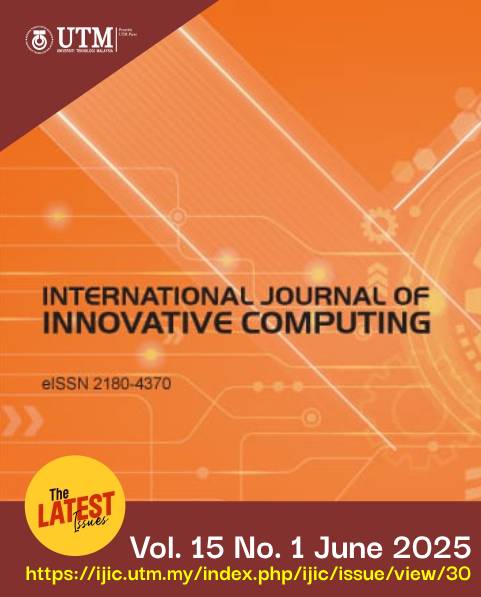Group Project Monitoring System (TeamWatch
DOI:
https://doi.org/10.11113/ijic.v15n1.525Keywords:
Teamwork, Time Tracking, Group Project, Team, MonitoringAbstract
Group projects in courses offer a valuable method of teaching students how to work in a collaborative setting, mirroring real-world scenarios. However, several challenges decrease the effectiveness of these projects, including the presence of free riders, the absence of a robust grading method, a lack of validation to ensure active participation, and the prevalence of lone wolves. These issues, if left unaddressed, degrade the educational benefits of group projects for students. Manual intervention by lecturers to tackle these challenges isn’t practical as lecturers have many courses to follow and tracking each group manually will be difficult to do. Therefore, TeamWatch proposed web-based system with a desktop agent, designed to assist students and lecturers in the process of programming group projects. The development of TeamWatch employed the waterfall model, providing a structured approach to ensure efficient and systematic progress. The front-end is built using Django Templates, while Django served as the back-end framework. Postgres was employed as the database system, and Python was utilized for the development of the desktop agent. TeamWatch offers a range of features aimed at enhancing the group working experience. Students will be able to track their working hours in real-time, access the working hours of other group members, and even log offline working hours. Lecturers will have comprehensive visibility into each student's working hours and can generate reports providing valuable insights into individual performance and participation.
















